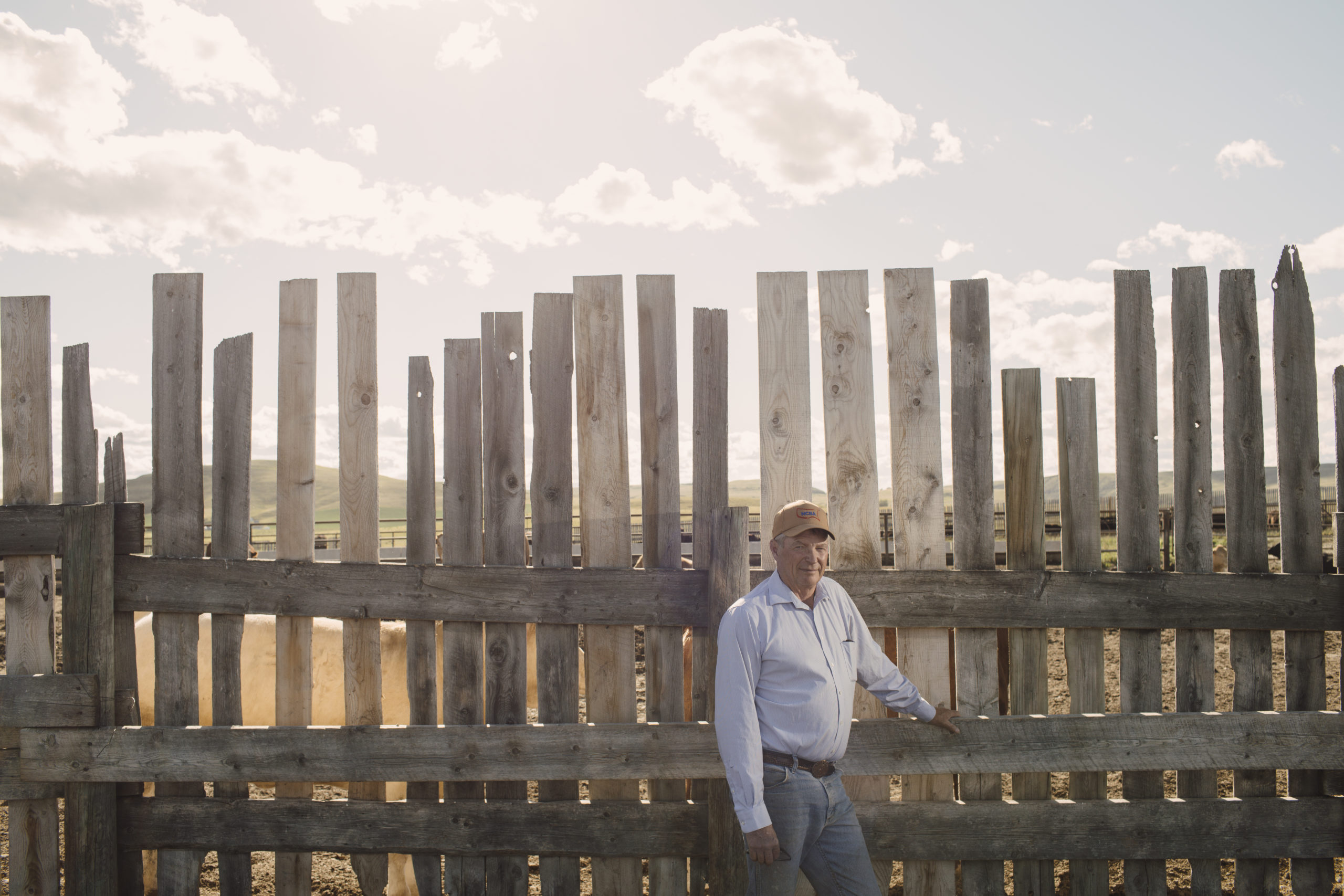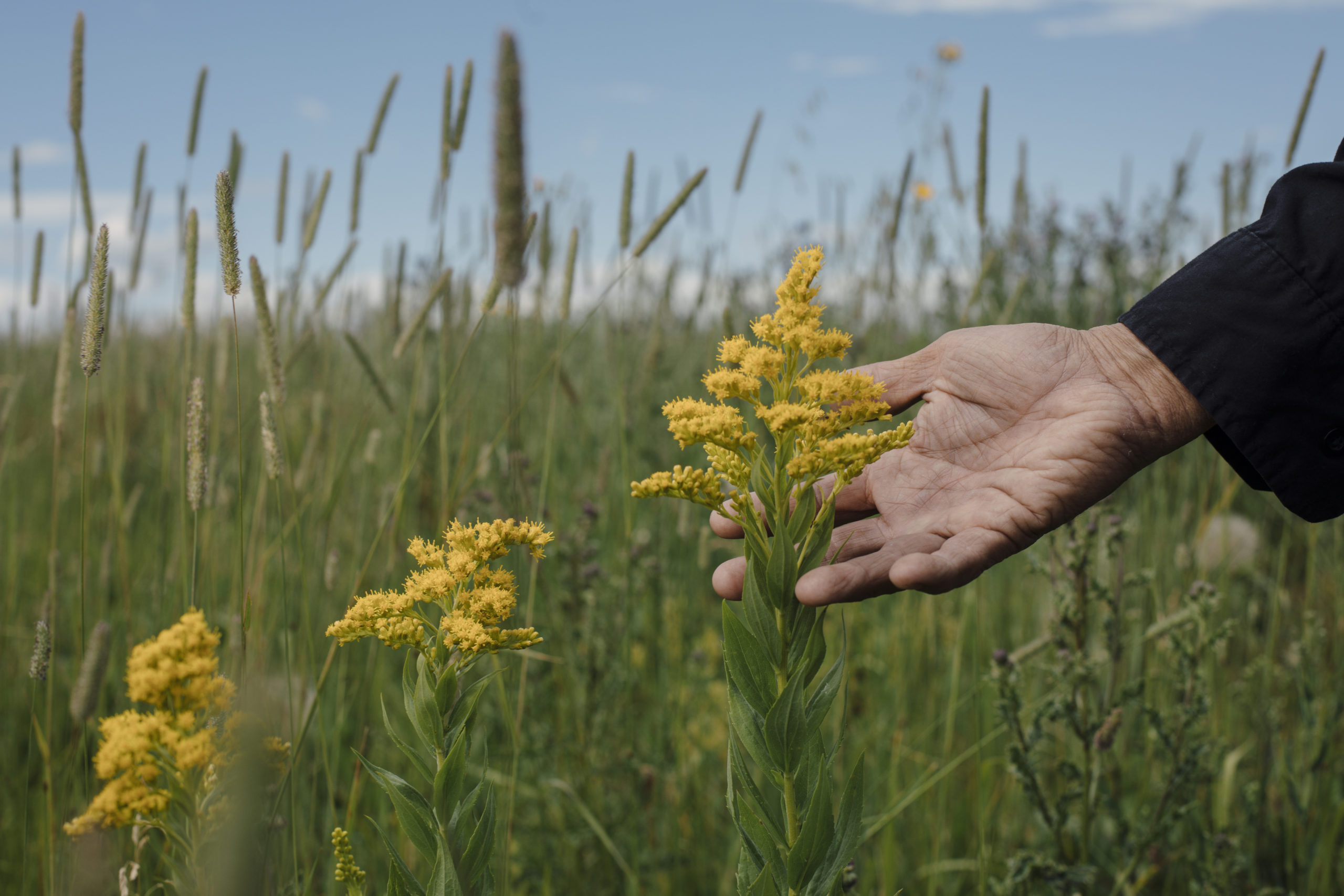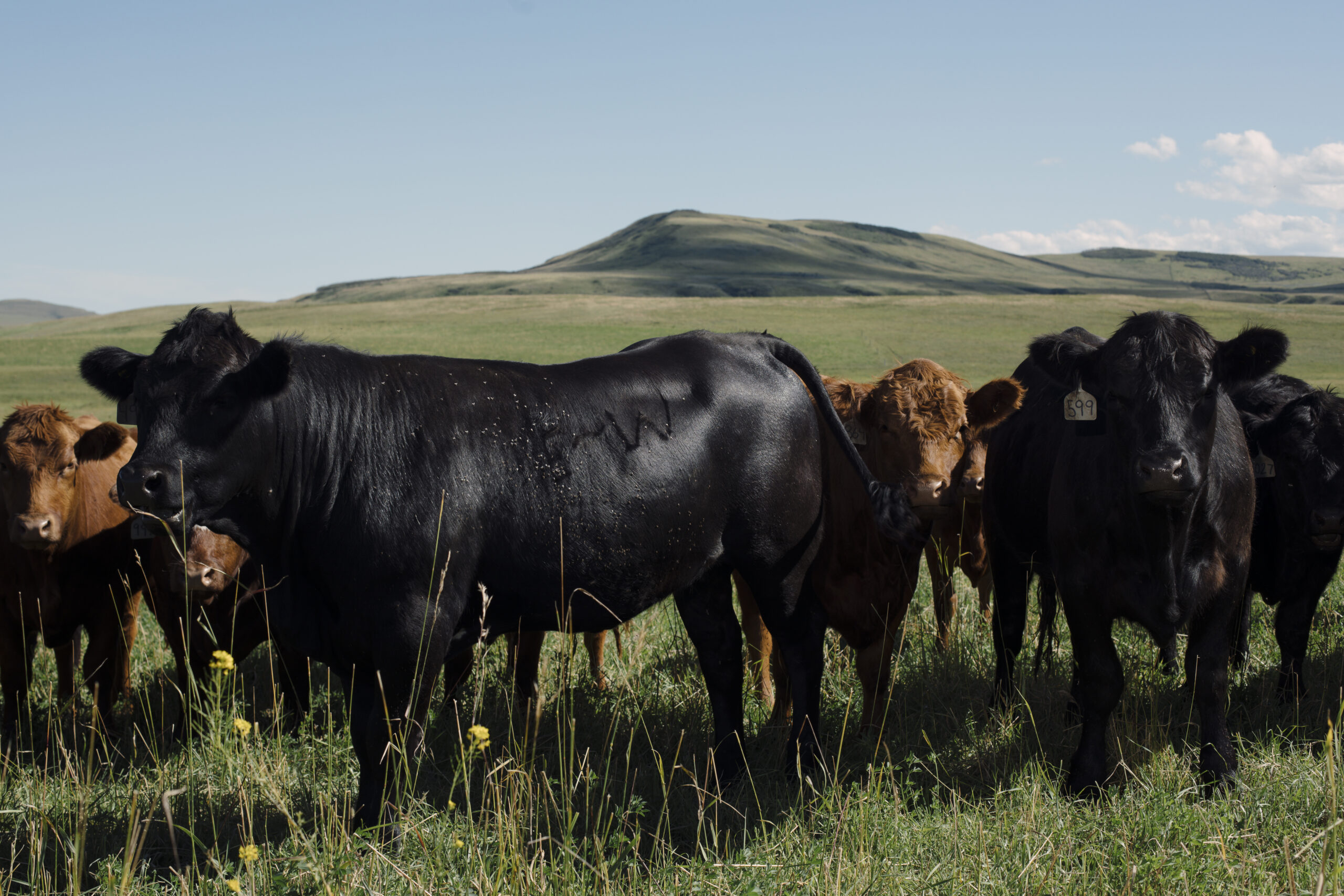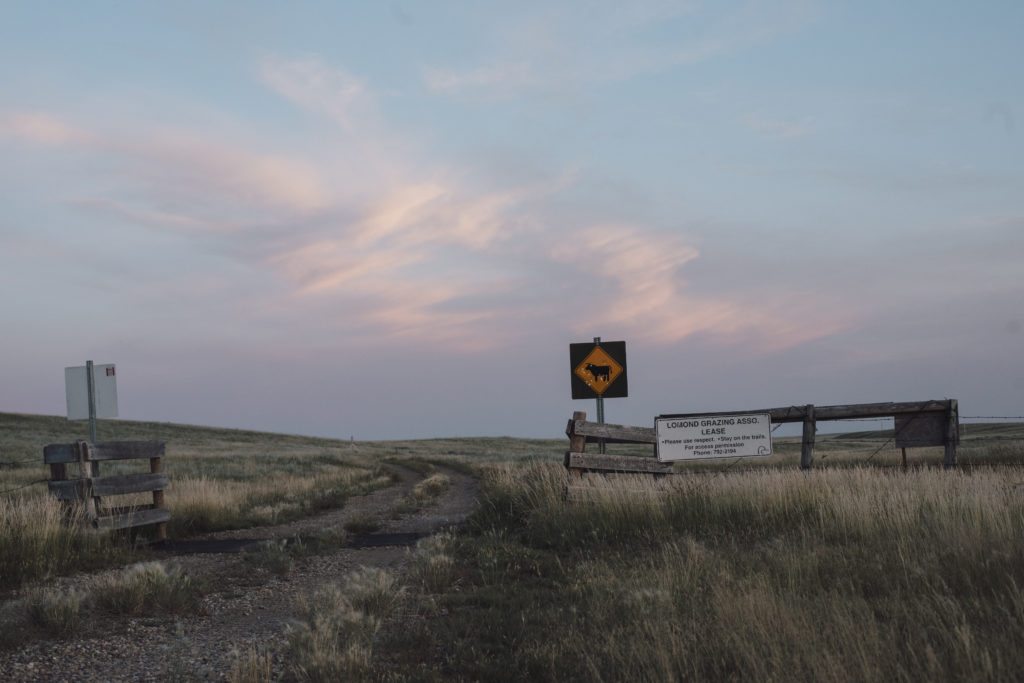
Bill 5: a guide to Ontario’s spring 2025 development and mining legislation
The public has a few days left to comment on Doug Ford’s omnibus development bill....
This story is part of Carbon Cache, an ongoing series about nature-based climate solutions.
Organic grain farmer Karen Klassen asked her dad what the land around their farm used to look like. He told her that when he was young in the 1960s, there were bushes and trees dotting the landscape and creeks running through farmland.
Klassen doesn’t see those things today when she looks around her farm in southern Manitoba, two hours southwest of Winnipeg. Wetlands in the area have been drained and trees have been chopped down to maximize room for crops, she said. Some of her goals for her farm include restoring a creek and reintroducing native shrubs and plants.
That’s why she was excited to hear the Ministry of Environment and Climate Change announced more than $25 million in funding to conserve, restore and enhance wetlands and grasslands in the Prairie provinces.
The ministry announced the funding last week, estimating the funded projects could conserve up to 30,000 hectares of wetlands, grasslands and riparian areas, in addition to restoring up to 6,000 hectares and enhancing up to 18,000 hectares.
In a press release, the ministry said protecting nature will encourage natural carbon sequestration in the landscape, along with supporting biodiversity and making communities more resilient to climate change.
Klassen sees opportunities in her own area, in particular restoring wetlands. After wetlands are drained the areas often remain damp and saline. This is not very good for growing crops, which means those areas wind up not contributing much to the profit of the farm, she said. Klassen, who is a member of the Farmers for Climate Solutions coalition, told The Narwhal it would make more financial sense for many farmers to restore those areas as wetlands.
“You plant it, you keep planting it, you put the same amount of fertilizer on it every year … and it doesn’t do well at all,” she said.
But if a farmer can benefit from this federal funding to restore the area, “that might actually tip the balances to incentivize people to turn it into wetland,” she said.

Klassen sees this as an opportunity to get more people to rethink how they farm.
“I know people are trying their best … [but] there are a lot of problems with how we are currently farming,” she said. “We are pretty big contributors to greenhouse gas emissions, and sustainable ways of growing food is not exactly the norm right now.”
Some people are resistant to changing their agricultural practices, but Klassen said that many agricultural producers want the same thing that these projects aim to do: “making sure the soil is healthy long-term for your children.”
In its announcement, the ministry emphasized how this work will improve the grasslands and wetlands’ ability to store carbon. The investment is part of the Nature Smart Climate Solutions Fund, which is a $631-million fund over ten years that supports projects to restore and enhance peatlands, wetlands and grasslands in their ability to store carbon.
“Western Canadians know that climate change is here. They also know that in order to fight climate change and adapt to its impacts, we must embrace the power of nature,” Minister of Environment and Climate Change Jonathan Wilkinson said in a press release.
A 2017 study found nature-based climate solutions could provide up to one-third of emissions reductions needed under the Paris Accord, which intends to keep global temperature increases below 2 C.
Grasslands and wetlands bring other benefits to people and wildlife, such as flood mitigation and water retention.

“[A wetland] does provide a lot in terms of ecosystem goods and services, and it does have an influence on the local microclimate. It can help mitigate some of those impacts of climate change that we’ve been feeling painfully this year,” Thorsten Hebben, provincial manager of operations for Ducks Unlimited in Alberta, told The Narwhal in an interview.
Introducing native plants also has practical benefits for farmers, Klassen said. Bringing in plants that support pollinators and other insects like beetles means those insects can act as predators to diseases growing in crops.
“It’s a win-win,” she said. “It’s important from an ecological point of view, but to us as farmers, if we have biodiversity, we are less likely to succumb to huge crop failures from pests and diseases.”
The funding is distributed among Ducks Unlimited Canada, the Nature Conservancy of Canada and Manitoba Habitat Heritage Corporation.
Ducks Unlimited will receive up to $19.28 million over three years from this funding. Hebben said this will mostly go directly to landowners who sign conservation easements, as well as those who sign onto restoration projects.
He said this is especially significant as farmers across Canada struggle with hot temperatures and drought. According to a report in the Globe and Mail, Alberta expects to pay out $1-billion in crop insurance this year due to hindered production caused by drought. Some farmers have been desperately selling off some or all of their cattle herds at auction.
“For those struggling under these conditions, I think this [funding] provides a bit of relief for them,” Hebben said. “They’re still able to do what they were doing previously … it just provides that long term assurance that the land is going to continue doing what it’s doing in perpetuity.”
Some of the funding will also go towards restoring cropland into grassland, but Hebben emphasized that the funding is not all about restoring land to its former state.
“The way cattle producers typically operate, they’re already sequestering carbon,” he said.

The uncultivated grasslands may store two to three billion tonnes of carbon. But when grasslands are cultivated, they lose up to half their stored carbon.
Cattle grazing is part of the solution to keeping carbon in the ground. Historically, bison are a keystone species for the grasslands, and cattle largely fill the role as grazers in the absence of bison. Some birds depend on grazed grass to nest in. Without grazers, dead grass can accumulate on the surface and prevent new grass from growing underneath. Grazers keep the ecosystem healthy and improve the grasslands’ ability to store carbon.
Grasslands may be more resilient carbon sinks in the face of climate change compared to forests. While trees burn down in wildfires and release their carbon, carbon in the grasslands is stored deep underground in the roots. When a fire passes through, the carbon remains untouched and grass can regrow.


With all this in mind, Hebben said Ducks Unlimited focuses on providing assurance that grazing lands won’t be converted into croplands. They do this by partnering with land owners to sign long-term conservation easement agreements, which ensure the land will stay in the same state in perpetuity. He said they don’t have to change much about how they work, except agreeing not to till the land and not to drain wetlands.
“[This funding] is a great opportunity for producers to generate some additional revenue from their operations as well as provide some certainty to the long-term security of their lands,” he said.
The Carbon Cache series is funded by Metcalf Foundation. As per The Narwhal’s editorial independence policy, the foundation has no editorial input into the articles.
Get the inside scoop on The Narwhal’s environment and climate reporting by signing up for our free newsletter. On a warm September evening nearly 15...
Continue reading
The public has a few days left to comment on Doug Ford’s omnibus development bill....

115 billion litres, 70 years to fix, $5.5 billion in lawsuits

Climate change, geopolitics and business opportunities power a blue economy
